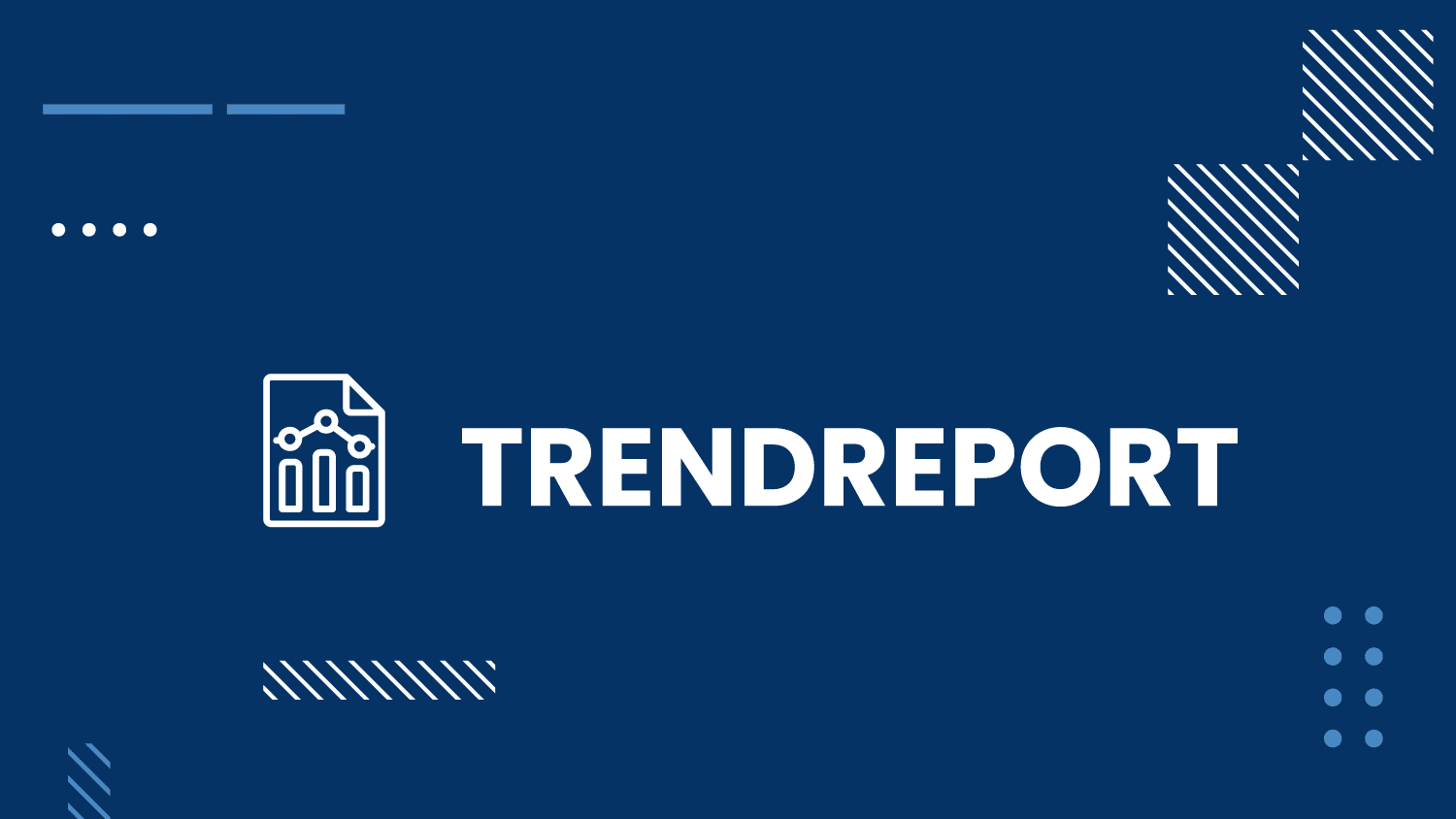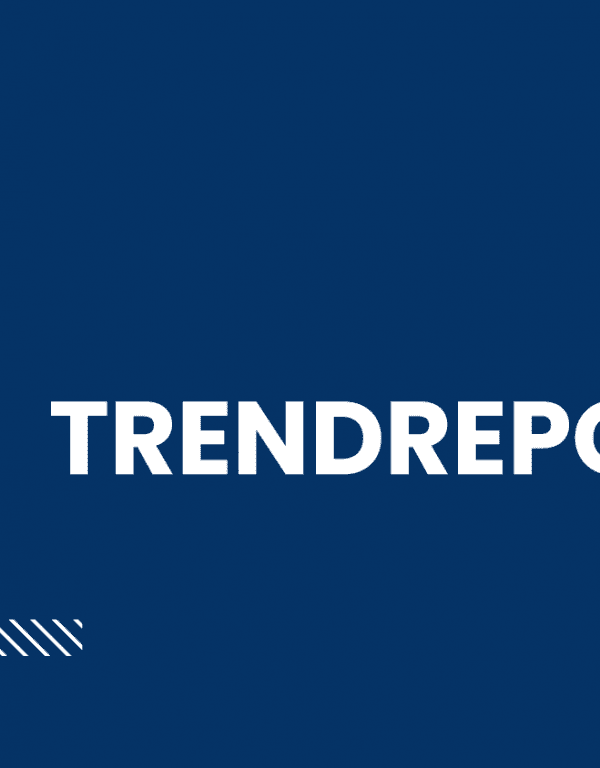
Not all significant trends next year will be new ones. We always look at ongoing trends that will continue to impact the media, marketing and tech worlds.
The first 14 of the 18 trends listed below include an explanatory sentence. The final four are, we feel, self-explanatory.
1. The news cycle will continue to speed up. There were days in which there was major news several times a day. We expect that to continue in 2018 – and that when there’s a slow news day – let’s say only one big news story – consumers of news anxiously click on refresh, thinking they must be missing some additional news.Regardless of political views, people, including late-night comedians are finding this exhausting.
2. 2018 will be tough for traditional and online media. We hate writing this but the layoffs and shutdowns affecting traditional print (Boston Herald) and cool online outlets (BuzzFeed) that occurred the last two months of 2017 will continue in 2018. Despite living in a time when staying on top of the news (throughout the day) has never been more important, with more people than ever following hourly developments, fewer people seem to want to pay for the news. This is true also for hyperlocal media (like DNAInfo and Gothamist, both shutdown), which for a time was considered to be an exception since people seemed to favor local news about their communities that weren’t getting covered by regional or national media. Great reporting takes lots of effort and resources (as does debunking fake news, as the Washington Post showed us when it reported on a failed attempt to offer a false narrative by the Veracity Project). The problem for traditional and online news sources is, increasingly, Americans turn to social media for news. So traditional and even online media need to develop a new advertising and subscription business model. So far, great journalism is helping the New York Times and Washington Post attract and retain subscribers. But it must be frustrating for them to see hat purveyors of true “fake news” (those that are not based on facts and don’t correct mistakes once they learn of them) can generate tens of thousands of page views when real, serious news doesn’t get clicked. Another aspect that will affect traditional and online media will be if either or both of the AT&T-Time Warner and Sinclair Broadcasting-Tribune Media deals go through.
3. Fake news won’t fade in 2018. It’s still easier and more lucrative to generate totally fake news than it is to produce real, fact-based news. Some players are doing this for financial gain and others for a different, more sinister reason, and we expect both to continue in 2018. If Facebook, Google and Twitter all have trouble dealing with the fake news scourge, how will regulations and Congress be able to solve what the social media giants can’t? (For more on this, check out “Why the Fact-Checking at FB Needs to Be Checked: Some measures may not work all that well.”)
4. Cord cutting will continue but still won’t save money: Streaming will continue to be popular but consumers will at some point realize they are not saving money. There will be more streaming services, making it complicated to watch what you want on your TV (remember those?) and you’ll still have to open different apps to find the movie or TV show you want to watch.
5. Virtual Reality and Augmented Reality still won’t be everywhere. Both VR and AR are making progress but neither is there yet.
6. IoT will continue to be victim to cyberattacks. We think there will be more IoT cyberattacks, as IoT and Smart Homes go mainstream. Perhaps the only advantage of having to get up and walk over to a light switch is that hackers can’t hack your home.
7. The future is still looking cloudy. This may be the one tech trend that has yet to experience a backlash.
8. Driverless cars attract significant coverage. There’s lots of interest in driverless cars because driving is such a part of the American persona. While there’s been great momentum forward, we’re also seeing new challenges that need to be addressed: insurance-related, business model, infrastructure, and tech issues. Do you need Uber and Lyft if you can own or rent a driverless car? If you can rent, why do you need to buy a car? If Uber and Lyft deploy driverless cars, what happens to their former drivers? Meanwhile, we’re also seeing a push for electric cars; China announced plans to eliminate all new combustion cars and trucks by 2030 so we expect to see the rest of the world to follow, which one challenge being ensuring there are enough charging stations.
9. There’s never enough cybersecurity/privacy. There’s still not enough of either. The European Union has proposed the General Data Protection Regulation (GDPR) to strengthen and unify data protection for individuals within the EU but it also will affect companies outside the EU. So expect that U.S. companies will need to look at and evaluate how to meet GDPR.
10. NFL ratings will continue to decline. We don’t know whether it’s because of too much football (we’ve never liked Thursday night games) or because of severe injuries or because of the protests but we expect this to continue.
11. Corporate boycotts & consumer boycotts will continue. These are boycotts by companies in order to demonstrate distance from controversial programs and personalities. We also expect boycotts of companies that are boycotting those controversial people and programs.
12. Drug pricing will continue to get a lot of attention. But there won’t be an easy solution so don’t expect much except outrage.
13. Wearable tech will still not be as mainstream as people in the industry were hoping. But wearable will make quiet inroads so that before you know it (probably not in 2018, though), lots of things will have built-in technology.
14. STEM will continue to be important. With a looming labor shortage (in some fields), businesses are looking for employees with a firm grasp of science, technology, engineering and math (STEM). We think funding for STEM will continue to keep U.S. businesses competitive.
15. 3-D content, 3-D TV and 3-D printers will still not be as popular as they are cool.
16. Artisanal will still be a hot concept.
17. e-Wallets still will gain traction in 2018 but mostly for Millennials as opposed to their parents.
18. Content management remains king.
Tagged: predictions, privacy, wearable tech, 2018, 3-D, trends, Apple Pay, AR, boycotts, driverless cars, content management, drug pricing, cyberattacks, Fake News, cybersecurity, news cycle, Hyperlocal, VR, IoT



